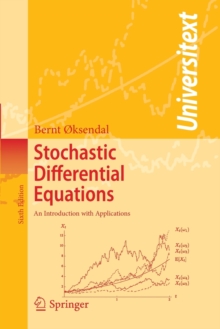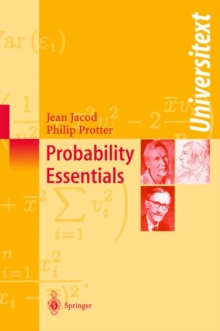
Description
Logic appears in a 'sacred' and in a 'profane' form.
The sacred form is dominant in proof theory, the profane form in model theory.
The phenomenon is not unfamiliar, one observes this dichotomy also in other areas, e.g. set theory and recursion theory. For one reason or another, such as the discovery of the set theoretical paradoxes (Cantor, Russell), or the definability paradoxes (Richard, Berry), a subject is treated for some time with the utmost awe and diffidence.
As a rule, however, sooner or later people start to treat the matter in a more free and easy way.
Being raised in the 'sacred' tradition, I was greatly surprised (and some- what shocked) when I observed Hartley Rogers teaching recursion theory to mathema- ticians as if it were just an ordinary course in, say, linear algebra or algebraic topology.
In the course of time I have come to accept his viewpoint as the didac- tically sound one: before going into esoteric niceties one should develop a certain feeling for the subject and obtain a reasonable amount of plain working knowledge.
For this reason I have adopted the profane attitude in this introductory text, reserving the more sacred approach for advanced courses.
Readers who want to know more about the latter aspect of logic are referred to the immortal texts of Hilbert-Bernays or Kleene.
Information
-
Download - Immediately Available
- Format:PDF
- Publisher:Springer Berlin Heidelberg
- Publication Date:11/11/2013
- Category:
- ISBN:9783662023822
Other Formats
- Paperback / softback from £53.15
- PDF from £50.99
Information
-
Download - Immediately Available
- Format:PDF
- Publisher:Springer Berlin Heidelberg
- Publication Date:11/11/2013
- Category:
- ISBN:9783662023822










